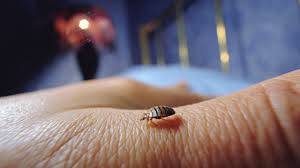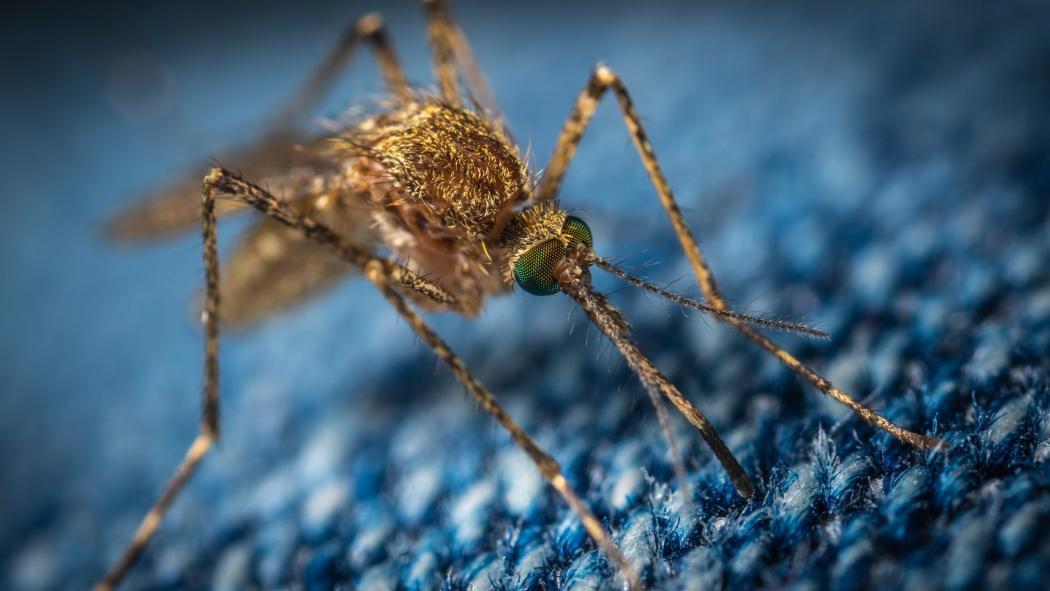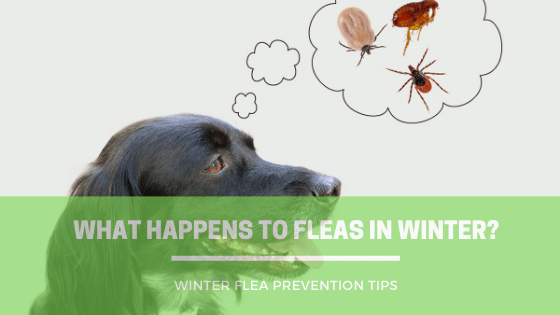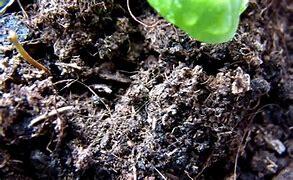How to Get Rid of Ticks
Get Rid of Ticks Welcome back to my blog where I share my tips and tricks on how to live a healthy and happy life. Today, I want to talk about something that might make you feel a bit itchy: ticks. Yes, those tiny, blood-sucking parasites that can cause a lot of trouble if you […]
How to Get Rid of Ticks Read More »




